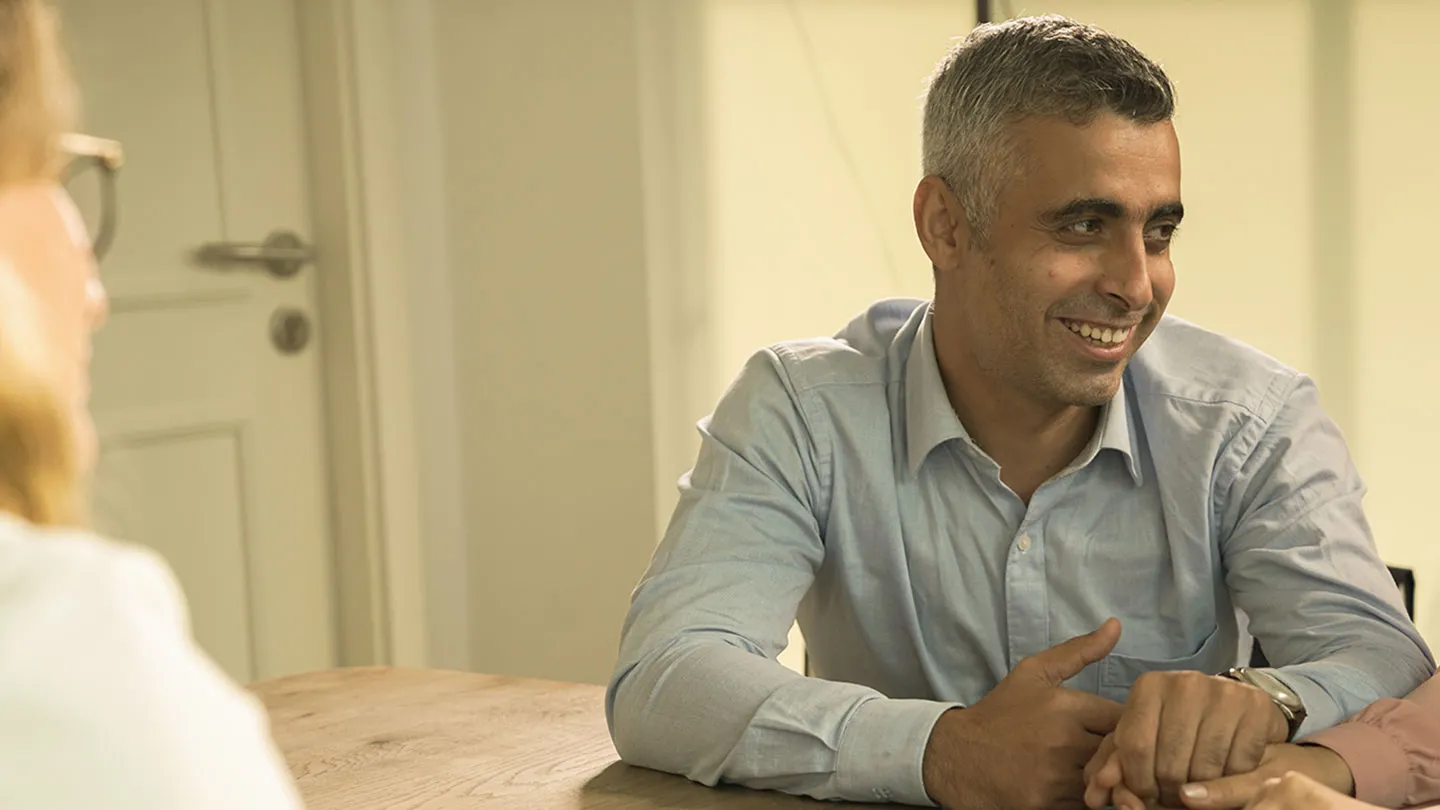When is ICSI recommended?
ICSI is recommended in the following cases:
- Men with a low sperm count, sperm motility problems or poor sperm morphology
- History of fertilization failure
- Men who have had a vasectomy
- Sperm obtained via testicular biopsy
- Cryopreserved semen samples
How is ICSI carried out?
The steps involved in ICSI are similar to those in IVF.
- Ovarian Stimulation: In a natural monthly cycle your ovaries normally produce one egg. An IVF cycle aims to obtain more eggs by administering medication to promote follicle growth ( where the eggs grow) to produce more eggs. This medication usually takes the form of injections. During ovarian stimulation, you will need to attend the clinic for ultrasound scans to monitor follicular development. When your doctor confirms that follicles have developed to the optimal size, stimulation is complete.
- Follicular Puncture (Oocyte pickup or egg retrieval): Once the follicles have reached optimal size a trigger shot is administered to induce egg maturation . The trigger shot is usually a hormonal injection named human chorionic gonadotrophin (hCG). 34-36 hours following the trigger shot the oocyte (egg) retrieval is scheduled. It is very important to do the trigger shot at the exact scheduled time as the date and time of oocyte (egg) retrieval will depend on it. This process is a day case procedure. The doctor will collect oocytes (eggs) from the ovaries transvaginally under the guidance of the latest ultrasound technology under local anesthesia or in some cases under general anesthesia.
- Oocyte Fertilization and Embryo Culture: On the day of the oocyte retrieval procedure, the semen sample is collected and prepared. The embryologist will inject a single sperm directly into each egg a process known as intracytoplasmic sperm injection (ICSI). The method of fertilisation will be directed by your doctor and embryologist in discussion regarding your situation to optimize fertilization and pregnancy chance.
- After the injection procedure (ICSI) the oocytes are placed in our specialized incubators to assess for fertilization approximately 17 hours later. At ART Fertility Clinic, the “RI-Witness” system is used to make sure that the sperm and eggs are correctly identified. The “Xiltrix system” monitors all the incubators in the laboratory continuously to ensure a safe environment for the embryos.
- Embryo Transfer: Progress of the embryos is evaluated daily. The physician and the embryologist decide when it is best to transfer the embryo(s) to achieve the highest chance of a successful pregnancy. The embryo(s) is/are transferred under ultrasound guidance into the uterus by using a flexible, soft catheter. It is a simple and painless procedure and is carried out without any sedation or anesthesia. After the embryo transfer, bed rest is not advised.
How successful is an ICSI procedure?
ntracytoplasmic sperm injection (ICSI) can be used to overcome severe male infertility by helping the sperm and egg to fertilise. ICSI increases the chance of successful pregnancy for couples where male factor or previous failure to fertilize with IVF is the cause of infertility. ICSI has been one of the most successful advances in assisted reproductive technology allowing men with severe male factor infertility the opportunity to have their own biological children .


